Recently, a man (49 years old, in Binh Thanh District, Ho Chi Minh City) had just returned from the sun and turned on the fan and air conditioner to rest. After that, this person had symptoms of dizziness, headache, high blood pressure, and was taken to Tam Anh General Hospital in Ho Chi Minh City by his family for emergency treatment, where doctors diagnosed him with a stroke.
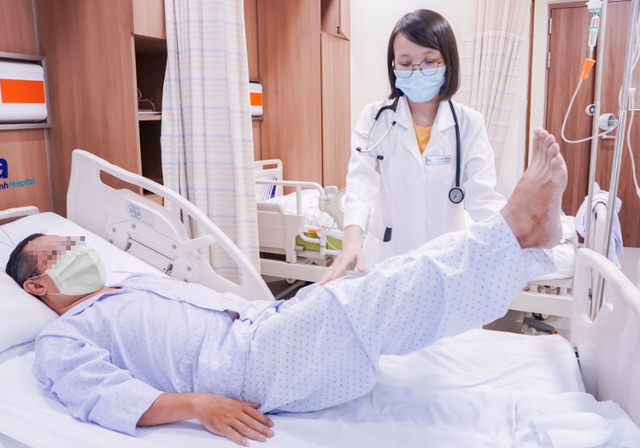
Stroke patients receive timely intervention
On May 9, Dr. Nguyen Thi Minh Duc, Head of the Department of Neurology, Neurology Center, Tam Anh General Hospital, Ho Chi Minh City, said that when the weather is hot, the body temperature increases, the body sweats more and causes dehydration. If water is not replenished promptly, the blood will become thicker, circulation will be poor and blood pressure will increase. Or coming home from the sun and suddenly turning on the air conditioner at a low temperature will cause blood vessels to constrict, increase blood vessel tone, cause high blood pressure, and increase the risk of blood clots.
"These factors combined with underlying diseases or health problems such as high cholesterol, obesity... increase the risk of thrombosis (blood clots) causing blockage of blood vessels. At this time, the blood supply to the brain is blocked, increasing the risk of stroke. Heat stroke can also cause ischemia in veins and arteries, thereby increasing the risk of this condition. These are the causes of heat stroke, heat stroke", Dr. Duc shared.
In the summer, when temperatures rise, the elderly and people with underlying medical conditions are more likely to feel tired and forget to take their medications, increasing the risk of stroke. Drinking alcohol to quench thirst when it's hot, sitting in an air-conditioned room and then going out in the sun or vice versa, causing sudden temperature changes that the body has not had time to adapt to; taking a cold shower right after being in the sun... are all risk factors for heat stroke and stroke.
Who is susceptible to heat stroke and heat stroke?
People who often suffer from heat stroke and heatstroke due to hot weather include: children; people aged 65 and over; people with underlying or chronic diseases such as cardiovascular disease, high blood pressure, diabetes, metabolic disorders...
People living in urban areas with little trees and shade; people who often work and do activities under the sun, especially at noon; people who do not drink enough water; people who have the habit of drinking alcohol or smoking too much... are also at risk.
When suffering from heat stroke, the patient will have typical initial symptoms such as: fatigue, numbness, red face, dry lips and skin, rapid pulse, rapid breathing, headache, dizziness, sweating, dizziness, difficulty breathing, rapid breathing, circulatory collapse, high fever (from 39 - 40 degrees Celsius), coma... According to Dr. Minh Duc, the symptoms of the two conditions are relatively similar, so they can cause confusion and delay emergency care.
How to handle when detecting a stroke
Early detection of stroke signs helps provide emergency treatment within the "golden" time with intravenous thrombolytic drugs (3 - 4.5 hours, can be extended to 6 hours in some cases). If later, endovascular intervention will be performed to remove the clot.
While waiting for emergency care, the patient should not take medication on their own. Family members should keep the patient from falling, keep the head elevated, and immediately take them to a hospital with the necessary equipment, specialized drugs, and equipment to intervene promptly in a stroke.
Doctor Duc recommends that people who have suffered from heatstroke and stroke are likely to have a relapse due to the heat. People need to take proactive precautions by limiting overwork and exercise in the sun. People who are in the sun need to wear loose clothing, drink plenty of water, and take appropriate breaks. When coming indoors from the sun, avoid entering a cold room immediately because it can cause heatstroke. People at risk should have regular stroke screening to promptly detect abnormalities and prevent stroke from occurring.
Source link











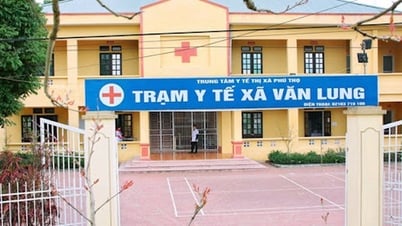

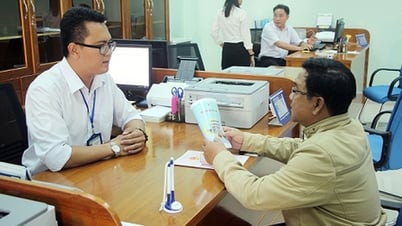













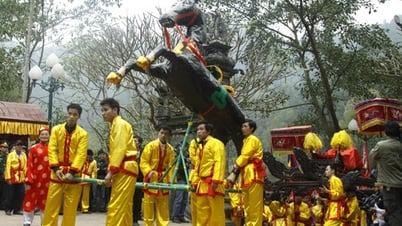












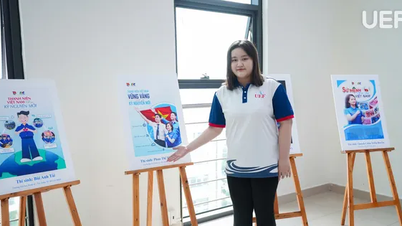

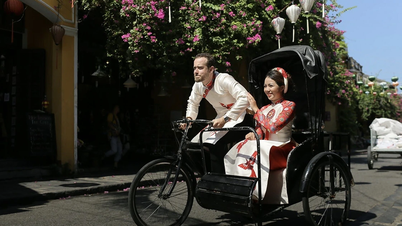













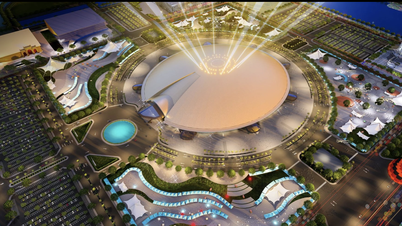



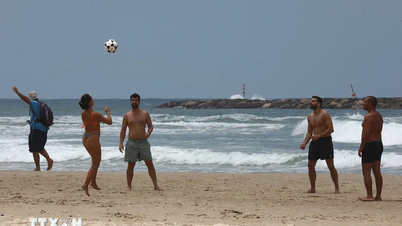







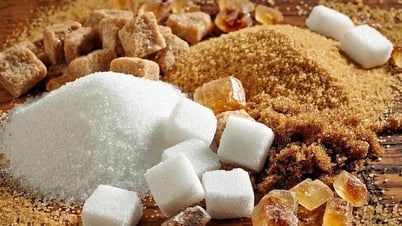


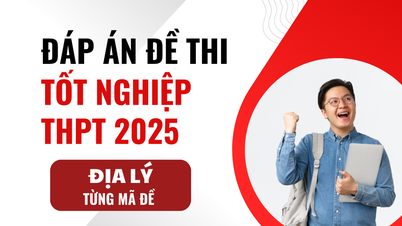


















Comment (0)